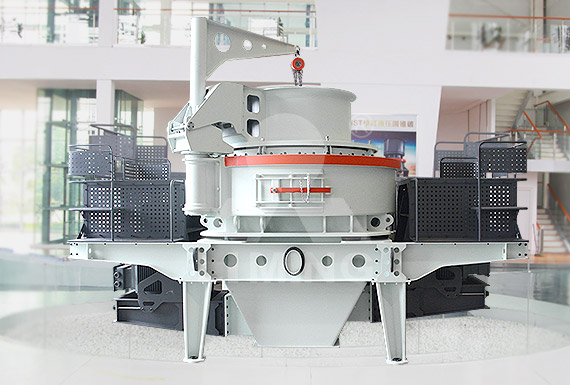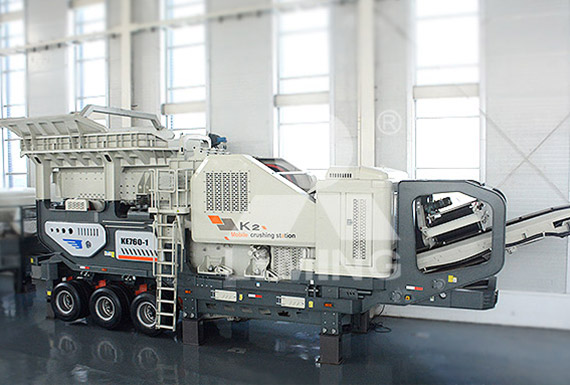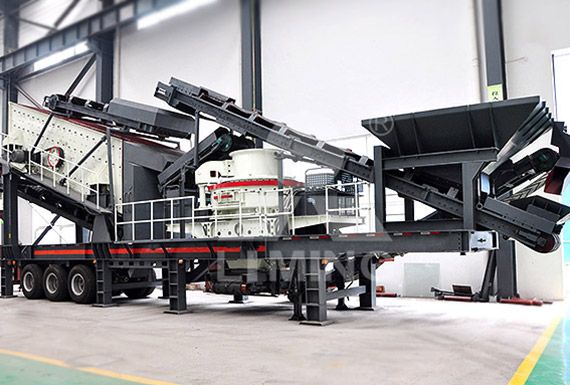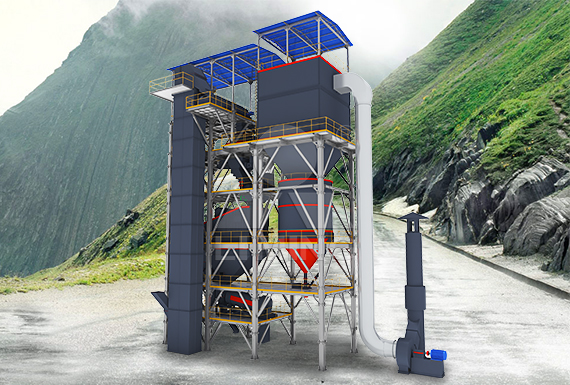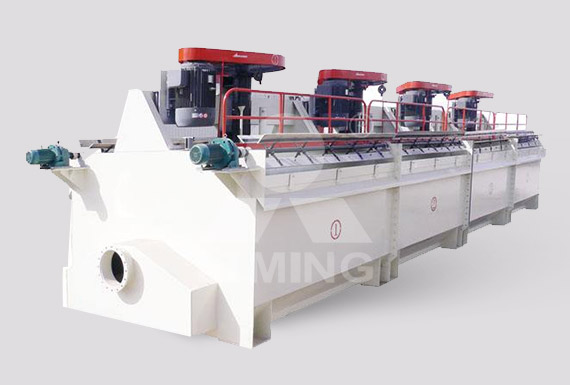المنتجات الساخنة

Cement Grinding Aids Penta Chem
The cement grinding aids is additional material in liquid or solid form, admixed in small amount during the cement clinker grinding process which can significantly improve the grinding efficiency and reduce energy consumption, without compromising the performance of the cement. The cement grinding is an energy intensive process.
Contact
Cement Grinding Aids Sika
2022-4-30 The cement grinding process is the final chance to adjust the cement quality to meet the demands set by relevant standards and cement customers. It combines influences from different areas like the mechanical grinding process, the chemical and physical raw material properties and the cement formulation itself. Interactions between these effects
Contact
Utilization of beet molasses as a grinding aid in blended
2011-9-1 2.2. Test methods. A laboratory ball mill was used to grind blended cements containing different grinding aids as described in Table 3.Clinker, granulated blast-furnace slag and gypsum were crushed into small particles with 2–3 mm diameters prior to grinding procedure.To improve the weighing accuracy and dispersion of grinding aid in cement mixture, every grinding aid
Contact
Cement grinding aids TRIGON Chemie
Cement grinding aids. These substances and compounds are used in the grinding process during the production of cement to increase throughput, to boost energy-efficiency and to improve quality. Our products with this chemical structure: Cement grinding aid TEA 85
Contact
Cement grinding aids GCPAT
2022-5-13 Overview. TAVERO® grinding aids make life easier for busy cement producers. Our grinding aids are designed to increase mill output without increasing costs, while saving energy and reducing CO 2 emissions. Improved cement flowability reduces the effort for handling and transporting cement. Improve grinding efficiency.
Contact
Cement Clinker Grinding Aids Mineral Processing
2016-7-12 Effect of Grinding Aids on Wet Grinding. A variety of additives have been shown to have grinding aid characteristics for grinding cement clinker. Typical among these are amines, organosilicones, glycols, resins, cod oil, kojic acid, carbon blacks, wool grease, calcium sulfate, urea, asphaltenes, etc. Figure 4-26 shows a typical comparison
Contact
Characterization of various cement grinding aids and their
2009-5-1 The evaluation of the grinding aids (GA) was carried out by interground 0.015% of each grinding aid with gypsum and a Portland cement clinker (95% clinker, 5% gypsum), in a 1 kg laboratory rotating ball mill, using steel balls as grinding medium, to a Blaine surface area of about 4000 cm 2 /g (according to the Blaine air permeability method) .The composition of the clinker
Contact
Grinding aids for high performance cements C-ADD
2018-3-29 Grinding aids for high performance cements Grinding aids are organic compounds that are added to the mill during cement grinding. Their main purpose is to reduce the energy required to grind the clinker into a given fineness. In addition, some products (usually referred to as performance enhancers) provide positive effect on cement hydration
Contact
Grinding Aids NanoGrind Cement Additives LYKSOR
2019-8-29 NanoGrind. NanoGrind is a new generation grinding aid for the cement production. NanoGrind 150 significantly improve grinding processefficiency and provide benefits in terms of operational costs. Improves the grindability of the clinker by reducing the specific energy consumption. Therefore, increases the efficiency of the plant (tons per hour
Contact
The Effect on the Performance of Cement Grinding Aid
2017-3-26 Keywords: Cement grinding aid, Fineness, Compressive strength, Size distribution. Abstract. In this , By choosing four kinds of grinding aids better one-component, The grinding aid of cement grinding aids is determined by orthogonal optimization. By adding different inorganic reinforcing components, Developed a cement grinding
Contact
Molasses-based cement grinding aid and preparation
2011-9-21 The invention relates to a molasses-based cement grinding aid and a preparation method thereof. The molasses-based cement grinding aid comprises the following components, by weight, 50-70 parts of molasses, 10-15 parts of a sodium hydroxide solution, 5-10 parts of triethanolamine, 5-20 parts of glycerol and 5-12 parts of a sodium formate solution.
Contact
Cement Grinding Aids Penta Chem
The cement grinding aids is additional material in liquid or solid form, admixed in small amount during the cement clinker grinding process which can significantly improve the grinding efficiency and reduce energy consumption, without compromising the performance of the cement. The cement grinding is an energy intensive process.
Contact
Cement Grinding Aids Sika
2022-4-30 The cement grinding process is the final chance to adjust the cement quality to meet the demands set by relevant standards and cement customers. It combines influences from different areas like the mechanical grinding process, the chemical and physical raw material properties and the cement formulation itself. Interactions between these effects
Contact
Cement Grinding Aids Sanghavi Group
Benefits of Cement Grinding Aid. CGA reduces the inter-particle attractive forces of cement which causes agglomeration of cement grains. CGA are adsorbed on the newly created surface, neutralising electrical charges and thus reducing their tendency to re-agglomerate. Hence, the cement grains show a lower resistance to comminution.
Contact
Cement grinding aids TRIGON Chemie
Cement grinding aids. These substances and compounds are used in the grinding process during the production of cement to increase throughput, to boost energy-efficiency and to improve quality. Our products with this chemical structure: Cement grinding aid TEA 85
Contact
Cement Grinding Aids PAC Technologies LLC
Cement Grinding Aids. ConstructiveRobust Solutions To Cement Manufacturers. PAC Technologies has exclusively developed PACTOCem range unique and robust products to provide tailored product Solutions for the cement plants various requirements. Added value to cement production, considering all cement manufacturing Process aspects.
Contact
Cement grinding aids GCPAT
2022-5-13 Overview. TAVERO® grinding aids make life easier for busy cement producers. Our grinding aids are designed to increase mill output without increasing costs, while saving energy and reducing CO 2 emissions. Improved cement flowability reduces the effort for handling and transporting cement. Improve grinding efficiency.
Contact
Characterization of various cement grinding aids and their
2009-5-1 The evaluation of the grinding aids (GA) was carried out by interground 0.015% of each grinding aid with gypsum and a Portland cement clinker (95% clinker, 5% gypsum), in a 1 kg laboratory rotating ball mill, using steel balls as grinding medium, to a Blaine surface area of about 4000 cm 2 /g (according to the Blaine air permeability method) .The composition of the clinker
Contact
The Effect on the Performance of Cement Grinding Aid
2017-3-26 Keywords: Cement grinding aid, Fineness, Compressive strength, Size distribution. Abstract. In this , By choosing four kinds of grinding aids better one-component, The grinding aid of cement grinding aids is determined by orthogonal optimization. By adding different inorganic reinforcing components, Developed a cement grinding
Contact
The Effect of Various Grinding Aids on the Properties of
2021-12-6 Grinding aids, first introduced into cement manufacturing in 1930 [], are surface-active substances that facilitate particle comminution during the milling process.In the production of Portland cement, grinding aids are added in small amounts in the range of 0.01 to 0.10% by weight of cement, according to the PN-EN 197-1 standard [].They allow a larger specific
Contact
Cement Grinding Aids Penta Chem
The cement grinding aids is additional material in liquid or solid form, admixed in small amount during the cement clinker grinding process which can significantly improve the grinding efficiency and reduce energy consumption, without compromising the performance of the cement. The cement grinding is an energy intensive process.
Contact
Cement Grinding Aids Sanghavi Group
Benefits of Cement Grinding Aid. CGA reduces the inter-particle attractive forces of cement which causes agglomeration of cement grains. CGA are adsorbed on the newly created surface, neutralising electrical charges and thus reducing their tendency to re-agglomerate. Hence, the cement grains show a lower resistance to comminution.
Contact
Cement grinding aids TRIGON Chemie
Cement grinding aids. These substances and compounds are used in the grinding process during the production of cement to increase throughput, to boost energy-efficiency and to improve quality. Our products with this chemical structure: Cement grinding aid TEA 85
Contact
Cement grinding aids GCPAT
2022-5-13 Overview. TAVERO® grinding aids make life easier for busy cement producers. Our grinding aids are designed to increase mill output without increasing costs, while saving energy and reducing CO 2 emissions. Improved cement flowability reduces the effort for handling and transporting cement. Improve grinding efficiency.
Contact
Grinding aids for high performance cements C-ADD
2018-3-29 Grinding aids for high performance cements Grinding aids are organic compounds that are added to the mill during cement grinding. Their main purpose is to reduce the energy required to grind the clinker into a given fineness. In addition, some products (usually referred to as performance enhancers) provide positive effect on cement hydration
Contact
Grinding Aid Sanghavi Group
Benefits of using Cement Grinding Aids. Reduce Coating and Reduce Pack-set. Narrower Cement PSD. Increases Mill Output, by 5 30%. Increase Clinker Substitution, by 2-8%. Increases 1 day strength, 10-40% or say 2 6 MPa. Increases 28 day strength, 5-20% or say 2 10 MPa. Modifies Setting Time (Accelerate/Retard), by 15-120 minutes.
Contact
The effect of grinding aids on the fine grinding of
1991-9-1 Powder Technology, 67 (1991) 277-286 The effect of grinding aids on the fine grinding of limestone, quartz and Portland cement clinker S. Sohoni, R. Sridhar and G. Mandal Department of Chemical Engineering, Indian Institute of Technology, Bombay Powai, Bombay-400 076 (India) (Received October 3, 1990) Abstract The effectiveness of seven grinding aids, namely
Contact
Grinding aid additives for dry fine grinding processes
2021-12-1 1. Introduction. In various dry fine grinding applications, so-called grinding aids (GAs) are added to the feed material or directly into the mill either to a) increase the production capacity, b) reduce the specific energy demand, which is required to obtain a certain product quality, or c) achieve finer material or a better performance of the later product.
Contact
Analysis of Cement Superplasticizers and Grinding Aids
2012-3-27 Grinding aids are common cement additives, and can consist of several different types of compounds such as alkanolamines, glycols or phenolic compounds. These are used to increase the throughput of cement clinker in the grinding mill. Generally, the concentration range of grinding aids added is from 50 to 500 ppm. After the grinding
Contact
The Effect of Various Grinding Aids on the Properties of
2021-12-6 Grinding aids, first introduced into cement manufacturing in 1930 [], are surface-active substances that facilitate particle comminution during the milling process.In the production of Portland cement, grinding aids are added in small amounts in the range of 0.01 to 0.10% by weight of cement, according to the PN-EN 197-1 standard [].They allow a larger specific
Contact

